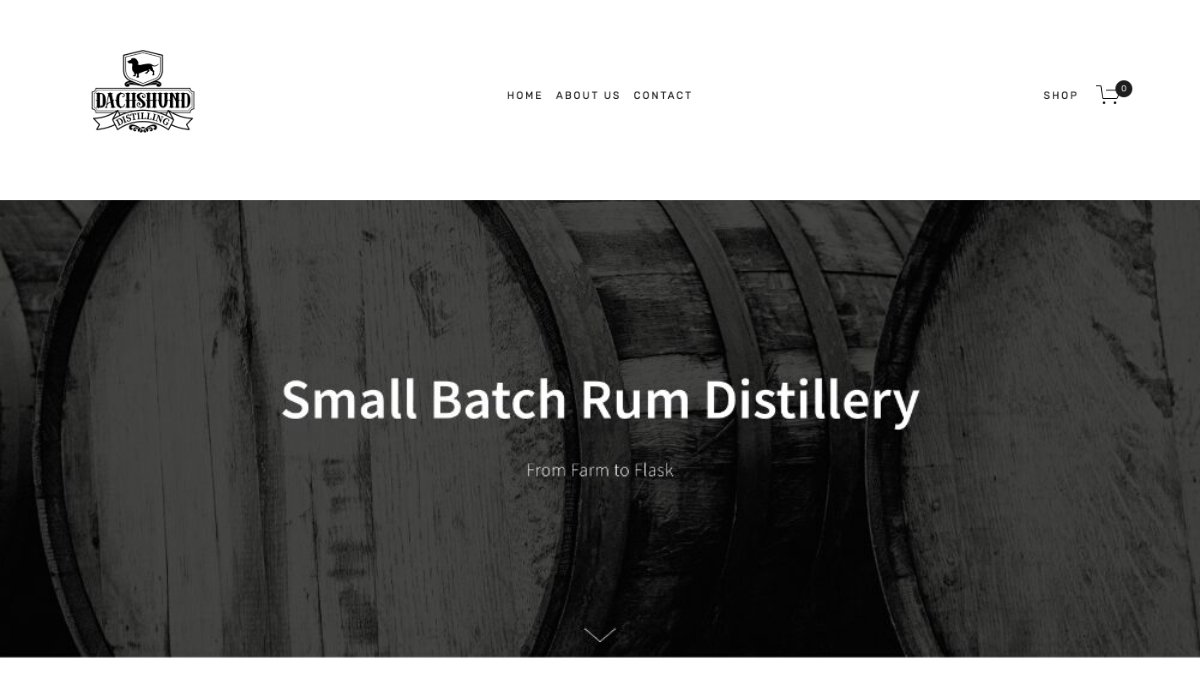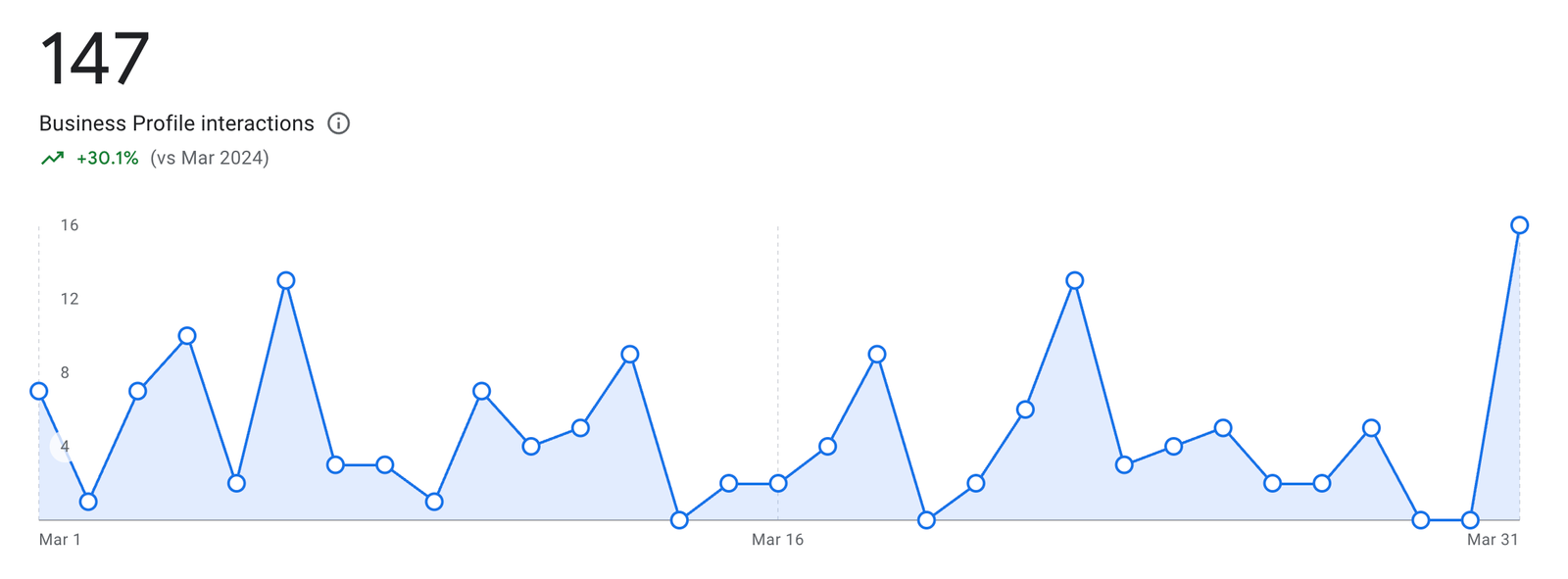The Intertwined Growth of Content and Search
Few things in digital marketing have matured together as closely as content marketing and search engine optimization. Not so long ago, SEO meant gaming the system with keyword stuffing or link exchanges. Now, search engines reward depth, relevance, and a seamless user experience. The best performing sites understand that high-quality content is the substance on which all effective SEO strategies are built.
Consider this: in 2011, Google rolled out its Panda algorithm update, changing the landscape for anyone who relied on thin or duplicate content. Suddenly, organizations that invested in original, comprehensive articles saw their organic search results improve dramatically. The lesson was clear - you cannot separate great content from effective SEO.
Understanding Search Intent
At the heart of modern SEO lies search intent - the underlying reason behind a user's query. Is someone looking to buy, learn, compare, or locate something? Recognizing these nuances shapes everything from headline choices to page structure.
For example, a local bakery aiming for better local SEO will focus on queries like "birthday cakes near me" or "best cupcakes downtown." Their content must signal not just relevance (using the right keywords), but also proximity and authority through schema markup and consistent business listings.
On the other hand, a B2B SaaS company might target informational queries such as "how to automate invoices." Here, deep guides or case studies attract users further up the funnel while establishing trust.


Misjudging intent often leads to wasted effort: driving traffic that bounces quickly or never converts. Experience teaches that time spent mapping and categorizing your audience’s real questions pays dividends in both rankings and revenue.
Keyword Research: Still Foundational
Keyword research has grown more sophisticated but remains essential. The days of simply finding high-volume phrases are gone. Today’s process blends data analysis with human intuition.
Tools like SEMrush or Ahrefs provide valuable metrics - search volume, keyword difficulty, SERP analysis - yet they can’t capture context alone. Reviewing what currently ranks (and why), considering seasonality, and weighing commercial vs informational keywords each play a role.
A client once insisted on targeting “best running shoes.” After reviewing competitors’ domain authority and backlink profiles, it became clear this phrase would be nearly impossible seo consultant boston to crack within a year. Instead, we pivoted to several specific long-tail terms centered around “marathon training shoes for flat feet,” carving out a niche with less competition but higher conversion rates.
On-Page SEO Meets Content Optimization
On-page SEO involves technical elements (meta tags, internal links) as well as substance (clarity of writing, formatting for readability). Search engines now parse not just what is written but how well it serves readers.
Content optimization includes:
- Integrating primary and secondary keywords naturally Using concise meta descriptions that encourage clicks Structuring headings logically Embedding relevant media Ensuring quick page speed Addressing related questions users may have
An overlooked area is accessibility - alt text for images helps visually impaired users while also reinforcing topic relevance for Google’s crawlers. Page speed optimization similarly benefits both UX and rankings; shaving even half a second off load times can reduce bounce rates by measurable margins.

Technical SEO: Invisible Yet Indispensable
No amount of compelling copy fixes fundamental site errors. Technical SEO lays the groundwork so your efforts aren’t undermined by issues hidden beneath the surface.
Broken links frustrate users and waste crawl budget; missing schema markup means losing out on rich snippets; slow servers penalize even brilliant articles in mobile-first indexing environments. Regular SEO audits catch these problems before they erode hard-won gains.
Some years back I worked with an ecommerce brand that published dozens of product guides. Despite strong backlinks and smart keyword use, their organic growth stalled. A deep technical audit revealed persistent 302 redirects instead of permanent 301s across hundreds of URLs - leaking link equity every day. Fixing these quietly improved both traffic and sales over several months.
Off-Page Factors: Building Authority Beyond Your Walls
Building links remains important but looks very different from old-fashioned reciprocal schemes. White hat SEO now focuses on earning mentions through genuine value: guest posts on reputable industry blogs; original research cited by others; partnerships with complementary businesses; digital PR campaigns tied to newsworthy events.
Domain authority grows over months or years rather than weeks. Patience is required when pursuing high-quality backlinks organically - often only 5% to 10% of outreach emails yield results even when personalized thoughtfully.
Social signals can amplify reach but rarely move rankings directly unless they lead to influential shares or coverage by established media outlets. A viral infographic might drive thousands of visits overnight yet deliver lasting benefit only if topically relevant sites choose to cite your work permanently.
Measuring What Matters: Analytics in Practice
Every campaign’s impact lives or dies by measurement. Website analytics platforms such as Google Analytics reveal user behavior beyond raw traffic counts: time on page, conversion rate optimization metrics, bounce rates segmented by device type or geography.
SEO tools allow regular SERP analysis to track progress against competitors after algorithm updates roll out unexpectedly (as they often do). Mapping keyword positions over time highlights which pieces resonate most powerfully with your audience - informing future editorial strategy rather than relying solely on gut instinct.
One midsize B2B firm I supported used analytics data to discover users were abandoning key landing pages halfway through multi-step forms on mobile devices due to poor layout scaling. Simplifying form fields increased completion rates by more than 15%, translating directly into new business inquiries without increasing ad spend.
User Experience Shapes Rankings
Google increasingly treats user experience (UX) signals as ranking factors alongside traditional ones like backlinks or meta tags. Sites that frustrate visitors see higher pogo-sticking (quick returns to the SERP), which algorithms interpret as dissatisfaction with your answer.
Mobile optimization is no longer optional since over half of web traffic comes from smartphones worldwide. Responsive designs boston seo with tap-friendly buttons matter just as much as elegant typography or fast image loading times for desktop users.
Clear navigation reduces friction while schema markup enhances listings in crowded result pages via star ratings or event details visible at a glance. These small details accumulate into tangible advantages over time, especially in competitive niches where marginal improvements win market share incrementally rather than all at once.
Local Nuances Matter More Than Ever
Local SEO requires distinct tactics compared to global campaigns. Proximity-based searches (“plumber near me,” “24-hour locksmith”) rise each year thanks largely to voice assistants and GPS-enabled devices.
Key elements include:
- Consistent NAP citations (Name/Address/Phone) Google Business Profile optimization Localized content tailored for neighborhoods Soliciting genuine customer reviews Earning links from regional publications
I recall helping an independent dental practice who initially overlooked citation consistency across online directories; a single misplaced suite number cost them visibility against larger chains until corrected systematically across every listing platform.
Balancing Quantity With Quality
The temptation exists to chase scale at the expense of depth: churning out dozens of thin blog posts rather than investing time into cornerstone pieces that truly serve your audience’s needs comprehensively.
Experience shows that regularly updating evergreen guides beats flooding your sitemap with shallow takes on trending topics destined for obscurity within weeks. Not every piece needs to be thousands of words long; variety works best when driven by actual user questions rather than arbitrary quotas handed down internally.
Competitor analysis helps identify gaps where your voice can stand apart rather than echoing what is already widely available elsewhere online. Tools can map overlaps between domains’ most successful URLs quickly but human judgment remains central in deciding which topics warrant further investment based on business goals rather than raw opportunity scores alone.
Trade-offs and Edge Cases
Not every tactic fits every scenario equally well:
- Aggressive backlink building risks penalties if shortcuts are taken Over-optimizing anchor text can backfire under newer Google algorithms Schema markup brings little benefit unless implemented correctly Technical fixes may require developer resources unavailable at smaller organizations Focusing solely on organic search ignores paid channels that could complement efforts during slow periods
Judgment comes from testing iteratively rather than adopting one-size-fits-all playbooks marketed by tool vendors eager for subscriptions regardless of client circumstances.
Checklist: Key Ingredients for Sustainable Success
To bring it all together practically:
Start every campaign by mapping real-world search intent. Invest in thorough keyword research tailored to achievable opportunities. Optimize technical foundations proactively through regular audits. Prioritize quality over quantity in new content creation. Build authority patiently via authentic relationships and earned media placements.Each step supports the next; skipping any weakens eventual outcomes no matter how much budget is allocated elsewhere in the funnel.
Evolving With Algorithms While Staying Grounded
Staying ahead in this space requires vigilance - Google rolls out core updates multiple times per year affecting everything from domain authority calculations to page speed thresholds for mobile searches. Yet core principles endure: help people accomplish what they set out to do online efficiently and safely through trustworthy information presented clearly.
True mastery blends creative storytelling with disciplined measurement while adapting flexibly whenever rules shift underfoot without warning.
The combination of thoughtful content marketing fused with proven SEO best practices remains unbeatable where sustainable growth is concerned - not because either discipline acts alone but because together they reinforce each other’s strengths at every stage from discovery through conversion and beyond into ongoing loyalty-building engagement cycles few standalone tactics ever match for effectiveness over time.
SEO Company Boston 24 School Street, Boston, MA 02108 +1 (413) 271-5058